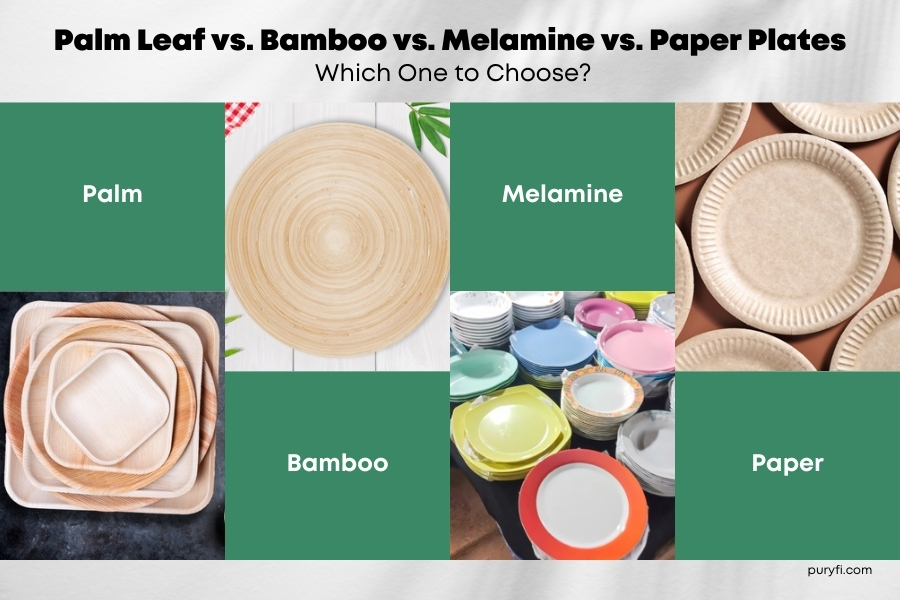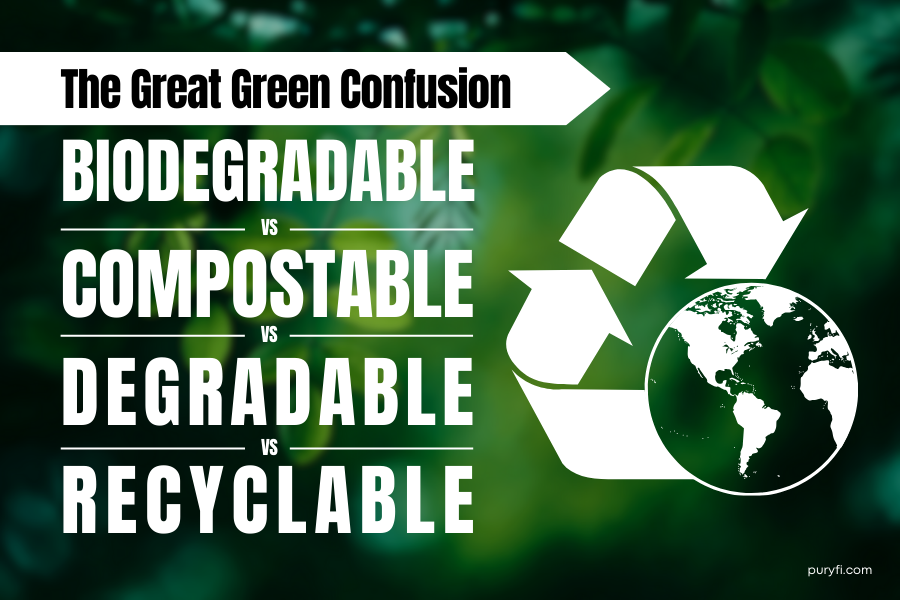
As sustainability gains momentum, eco-conscious consumers turn to biodegradable alternatives like palm leaf plates. These stylish, sturdy, and compostable plates offer a green solution to traditional plastic or paper disposables. But how long do palm leaf plates take to decompose? Let’s break it down.
What Makes Palm Leaf Plates Biodegradable?
Palm leaf plates are crafted from naturally shredded areca palm leaves. Unlike plastic or chemically treated disposable plates, they undergo minimal processing—typically just cleaning, heat-pressing, and shaping. Since they contain no synthetic additives or coatings, they break down naturally without harming the environment.
How Long Do Palm Leaf Plates Take to Decompose?
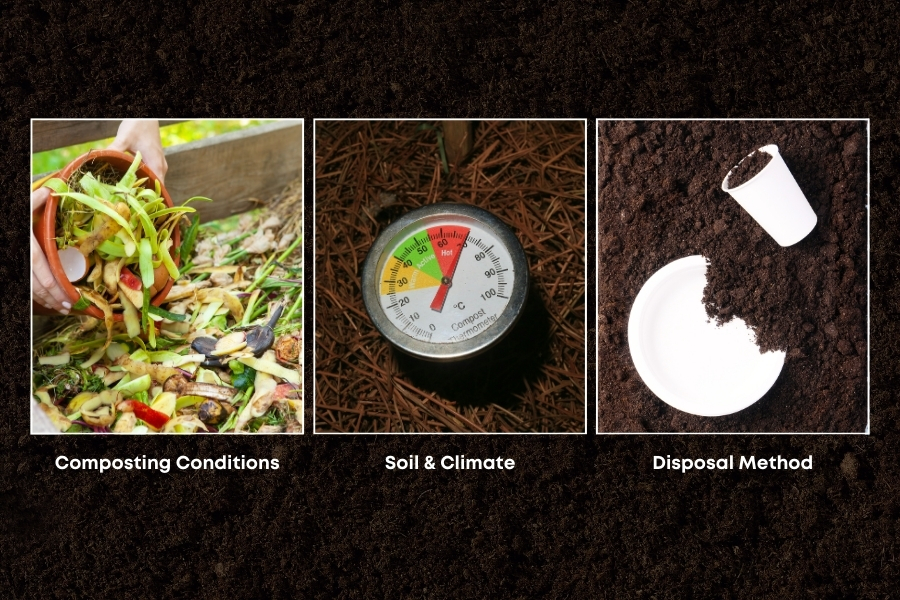
One of the most attractive features of palm leaf plates is their rapid decomposition. Under the right conditions, they can fully decompose within 60 to 90 days. However, the exact time frame depends on several factors:
Composting Conditions: In a well-maintained composting system with adequate moisture, oxygen, and microbial activity, palm leaf plates break down faster.
Soil & Climate: Warmer and more humid environments speed up decomposition, while dry or cold conditions may slow the process.
Disposal Method: Plates left in a backyard compost pile degrade in a few months, whereas landfill conditions may prolong decomposition due to lack of oxygen.
How Much Time Palm Leaf Plates Take to Dispose Compared to Other Materials?
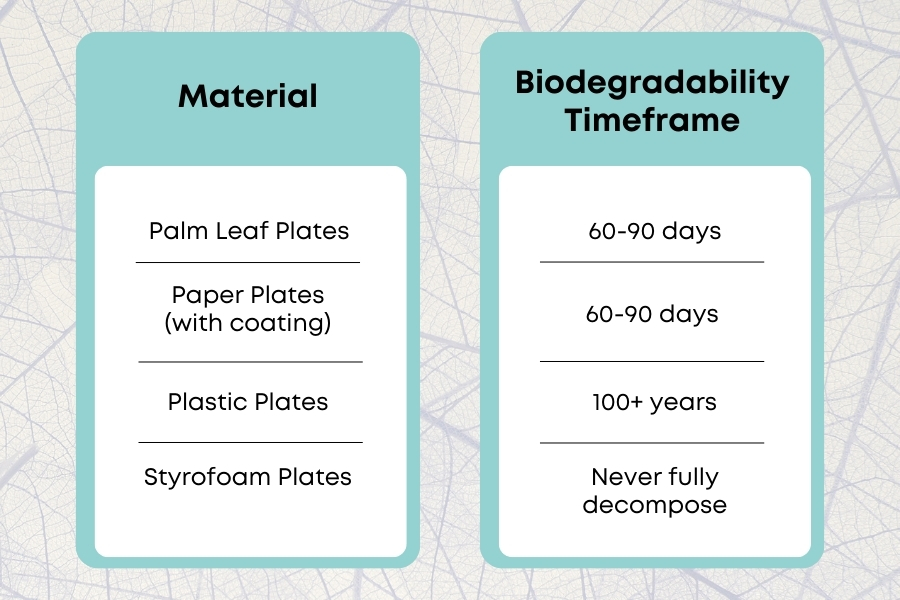
Best Ways to Dispose of Palm Leaf Plates
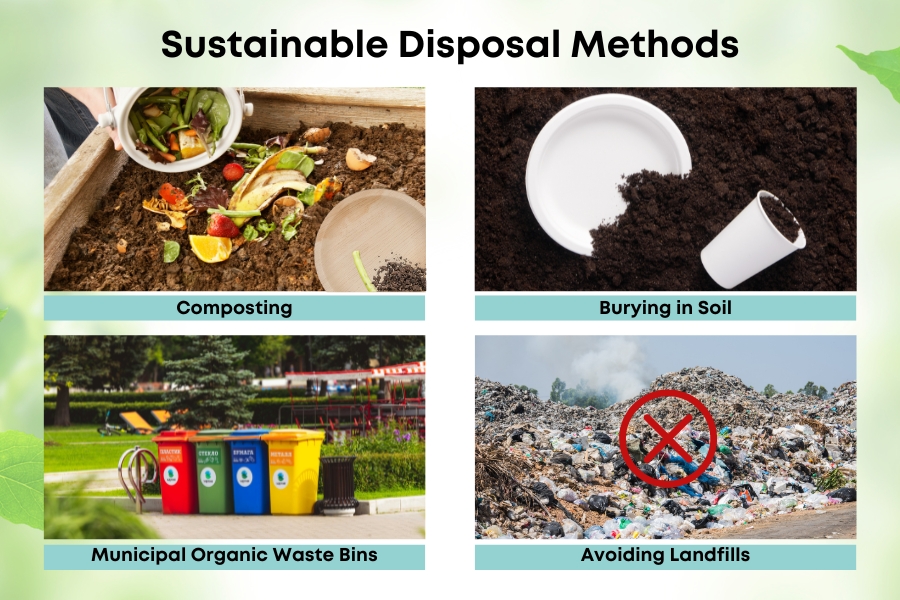
To maximize the eco-friendly benefits of palm leaf plates, consider these sustainable disposal methods:
1. Composting (Best Option)
Palm leaf plates break down quickly in compost bins and provide nutrient-rich organic matter for soil. Both home composting and industrial composting facilities work well.
2. Burying in Soil
If you don’t have a compost bin, you can bury palm leaf plates in your garden. The natural microbes in the soil will break them down while enriching the earth.
3. Municipal Organic Waste Bins
Some cities have organic waste collection programs that accept biodegradable tableware. Check local regulations to see if palm leaf plates are allowed in your green waste bin.
4. Avoiding Landfills
While palm leaf plates will eventually break down in a landfill, they decompose much slower due to the lack of oxygen and microbial activity. Composting or soil burial is a far better alternative.
The Bigger Picture: Why Choose Palm Leaf Plates?
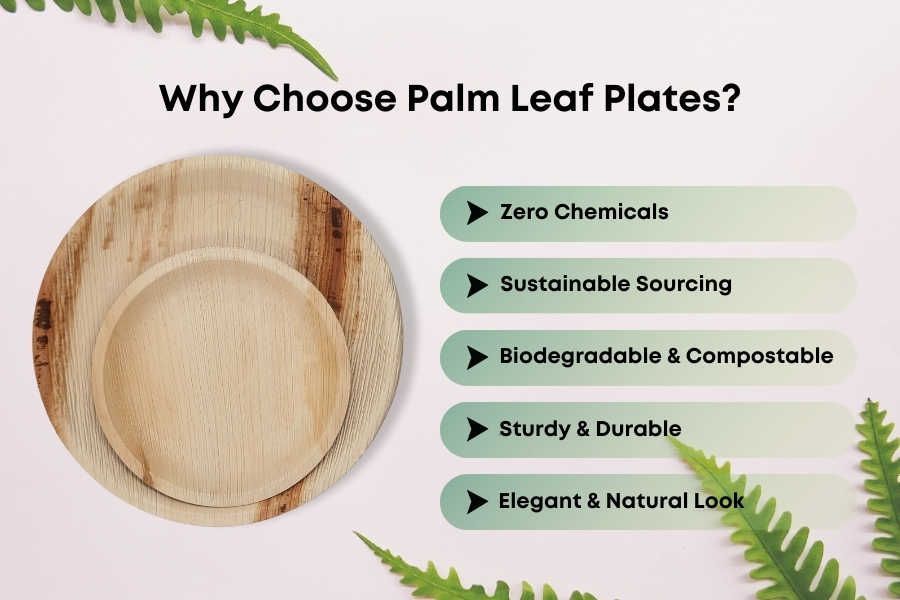
Choosing palm leaf plates isn’t just about convenience—it’s a step toward reducing waste and protecting the environment. Here’s why they stand out:





By switching to palm leaf plates, you’re making a small but powerful change toward a more sustainable lifestyle. Every eco-friendly choice we make—no matter how small—contributes to a healthier planet for future generations.
So, next time you’re planning a picnic, party, or catered event, consider ditching plastic and opting for palm leaf plates instead. Your guests will appreciate their natural beauty, and Mother Earth will thank you.


